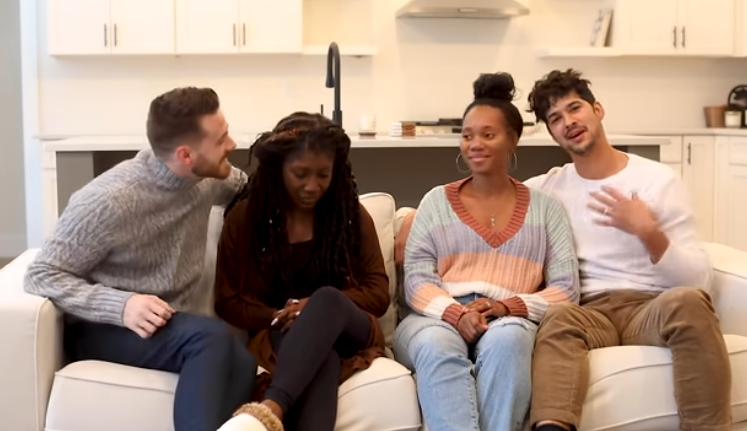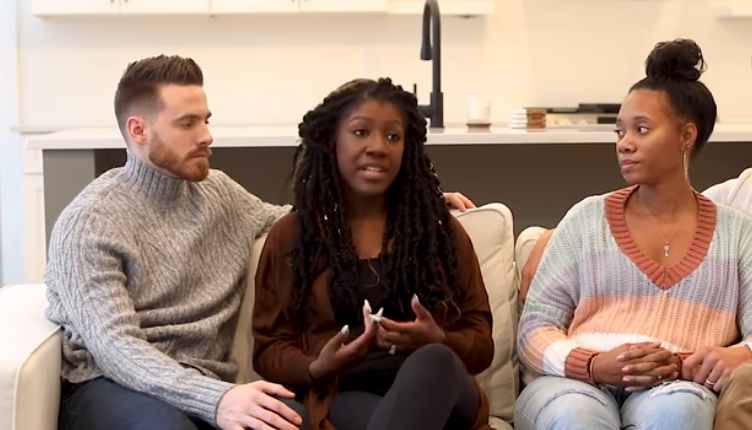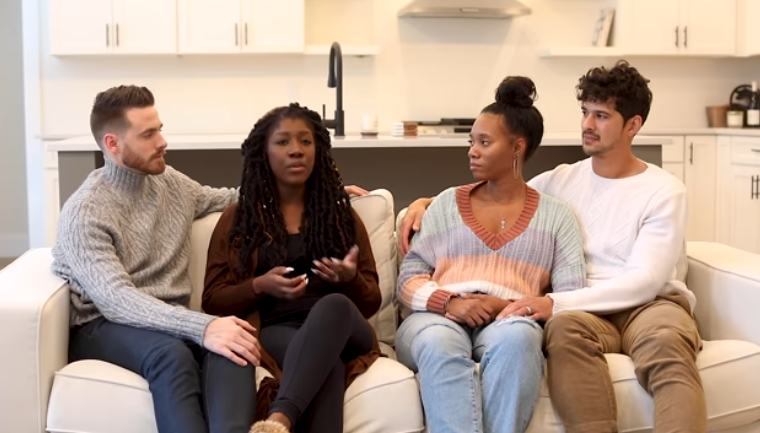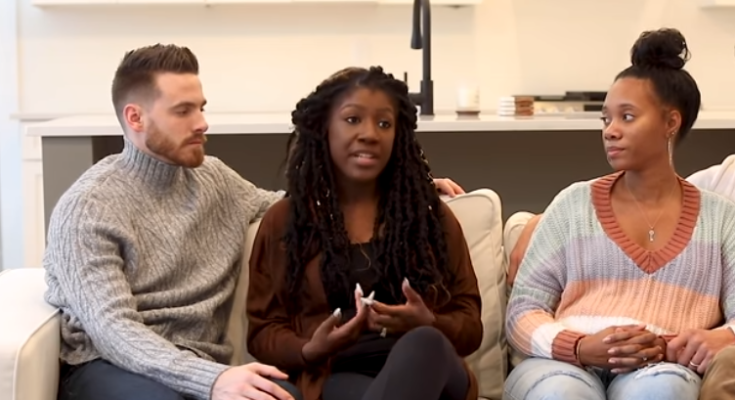
Transparency is a hot topic in the digital world. Whether you’re a content creator, a public figure, or just someone navigating social media, the question of how much to share and where to draw the line is always present. Today, we’re diving into this conversation with the Curly Coopers, a family that has built an engaged community while balancing authenticity and privacy.

What Does Transparency Really Mean?
Transparency isn’t just about oversharing—it’s about honesty, openness, and trust. For creators like the Curly Coopers, it means allowing their audience into their lives while setting necessary boundaries. But how do you decide what’s too much?
Here are some key aspects of transparency in content creation:
- Personal vs. Private: Just because something is personal doesn’t mean it has to be public. Transparency is about sharing genuinely, but privacy is about protecting what matters.
- Authenticity Without Vulnerability: Being real doesn’t mean exposing everything. It means being honest in what you do share.
- Community Trust: A loyal audience values honesty, but they also respect boundaries. Transparency fosters trust when done intentionally.

Curly Coopers: Balancing Openness and Privacy
The Curly Coopers have built their brand by being authentic and relatable. From family moments to challenges, they give their audience a glimpse into their world. However, they also know where to draw the line.
What They Choose to Share
- Family Moments: Sharing milestones, fun activities, and everyday moments creates a connection with their audience.
- Challenges and Growth: Being transparent about struggles—without oversharing—helps others relate and learn from their journey.
- Educational Content: Providing value through experiences, advice, and insights is a core part of their transparency.
What They Keep Private
- Personal Struggles That Aren’t Ready to Be Shared: Not everything needs to be public. Some experiences require time before being discussed.
- Sensitive Family Information: Protecting loved ones comes first, and some details are best kept within the family.
- Behind-the-Scenes Business Decisions: While they may share lessons, some aspects of their work remain private for strategic reasons.

The Reality of Sharing Online
In today’s world, where social media rewards openness, there’s pressure to constantly share. But there are real challenges:
- Judgment and Criticism: No matter how transparent you are, some people will misunderstand or criticize.
- Mental and Emotional Impact: Oversharing can take a toll on mental health, leading to stress and anxiety.
- Safety Concerns: Protecting personal information is crucial to avoid risks like identity theft or harassment.
Finding the Right Balance
So, how much do we really share? The Curly Coopers emphasize setting clear boundaries while remaining authentic. Here’s how they—and others—can navigate transparency effectively:
- Define Your Boundaries: Decide in advance what topics are off-limits.
- Share With Purpose: Ask yourself, “Why am I sharing this? Is it helpful, meaningful, or necessary?”
- Be Honest, But Don’t Feel Pressured to Overshare: Transparency doesn’t mean exposing every detail.
- Engage With Your Audience Thoughtfully: Foster discussions but know when to step back.
- Protect Your Mental Well-Being: Take breaks, set limits, and prioritize self-care.

Final Thoughts
Transparency is about trust, but it doesn’t mean complete exposure. The Curly Coopers’ approach shows that you can be real without losing your privacy. At the end of the day, it’s about being intentional with what you share and ensuring that it aligns with your values.
So, how much do we really share? The answer is different for everyone—but the key is to find a balance that feels right for you.



